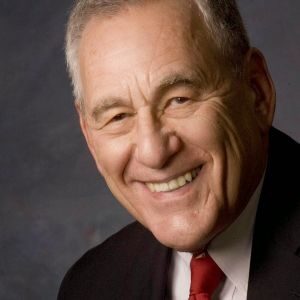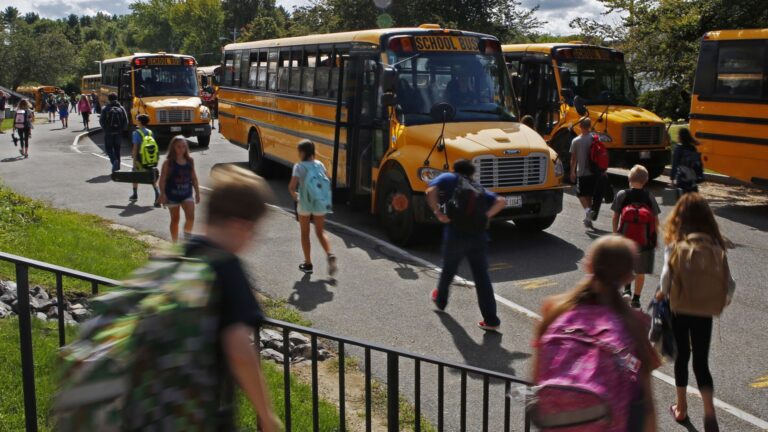If you think you can’t do numbers, beware. This column is about numbers.
But it reveals you are not alone; many people, including some we rely on, can’t do numbers, either.
We attach great importance to conclusions supported by numbers. Whether it’s about elections or employment, if there’s a number involved, we may often accept it as reliable and authoritative, and not merely a matter of opinion. That can be a mistake.
Take last week’s unemployment report. The media stressed that the number of new jobs created in April was well below the economic forecast. One outlet even congratulated itself for having foreseen that “April was not going to be a jobs boom, but instead, a jobs bust.” An estimated 266,000 new jobs is “a bust?”
Conventional wisdom began to question if the economic recovery was slipping or the stimulus was a flop. Optimism could swing to pessimism based on a solitary number that supposedly reported that fewer new jobs were created than had been forecast.
The media reported that the employment numbers fell below the expectations of “most economists.” Obviously that was not true, given the hundreds of thousands of economists, most of whom weren’t asked. Who chose the economists whose opinions were used? Are they qualified? Biased?
Even if they were objective, does averaging the opinions of a relative handful of economists produce a gold standard jobs forecast?
Then there’s the monthly report on new jobs and the unemployment rate. It is produced by the Bureau of Labor Statistics, a federal government agency that enjoys a good reputation for being competent and staying out of politics.
The BLS does not count each individual. It uses surveys that, nine times out of ten, will be accurate within a range of possible results. Could this be the tenth time? And the width of the range in the BLS surveys could be larger than the change in the number of jobs or the monthly variation in the unemployment rate.
Political leaders and the public don’t know exactly how many jobs were created or how good the base forecast was. Because the same process is used every month, perhaps the best we do is make an educated guess that some jobs were created, but fewer than in the previous month.
The employment results could raise questions about new jobs legislation. National policy may change as a result of one month’s rough statistical finding, which flies in the face of all those “help wanted” signs we are seeing. We are reading too much into the numbers.
If he really believes he won the presidential election, Donald Trump is a victim of reading too little into the numbers he gets. The numbers here are individually counted votes, not the result of a survey. But they don’t seem logical to him, so he assumes they must result from massive cheating.
Trump received more popular votes than any other candidate for president ever, except for Joe Biden, who now sits in the White House. Trump must find it hard to accept that the huge voter turnout helped some Republican congressional candidates, but not him.
Mainly because of the coronavirus, states allowed for increased absentee voting. Trump believes that Biden’s huge vote is out of line and cannot be believed, and absentee voting created the conditions for cheating on his behalf. He also supports a few more fanciful causes to dispute the result.
That’s Trump’s logic, despite the fact that all the independent reviews show there was no cheating that could have changed the result. Republican election officials certified Biden’s votes.
The increased number of voters can readily be explained. The total population and number of people of voting age increases with each election. This time, with opinions sharply divided, it looks like more young people and women chose to participate.
Believing only the numbers that support your expectation and ignoring those that don’t is called “confirmation bias.” Most charitably, that’s what happened to Trump. He believed in the inevitability of his re-election and accepts only results favorable to him.
If only Trump’s results make sense, Biden must have cheated. That reasoning is enough and no evidence is needed. None was produced.
Even if Trump is sincere, though misguided, his selective use of numbers endangers the democratic system of popular control by his prolonged attempt to undermine confidence in it.
The problems with excessive focus on numbers occur almost continuously. Polls appear daily and are subject to instant interpretation. We can then jump to conclusions based on questionable “snapshot” data.
One daily national survey recently headlined that more Whites, Hispanics and suburbanites disapprove of Biden than when he took office. It did not highlight that the same survey showed those groups also increased their approval of him. The real news was that undecided people were making up their minds and that his overall national backing grew.
It’s not only polls. The New York Times revealed that the CDC had just found there was less than a 10 percent chance of getting COVID-19 outdoors, when the data showed it far less likely. The government agency used an excessively conservative number to protect itself from criticism that might later arise from any possible error.
Even though roughly true, the numbers were presented in a way that protected a government agency at the expense of giving useful information to the public.
Numbers can help in understanding what’s happening and when. They can identify trends, though not on a daily basis as some polls do. But, if accepted uncritically, they can provide a false sense of certainty.
Public attitudes and activities are influenced by actions, events and biases. Numbers can be helpful in getting at the truth, but they are not the only thing that counts.








